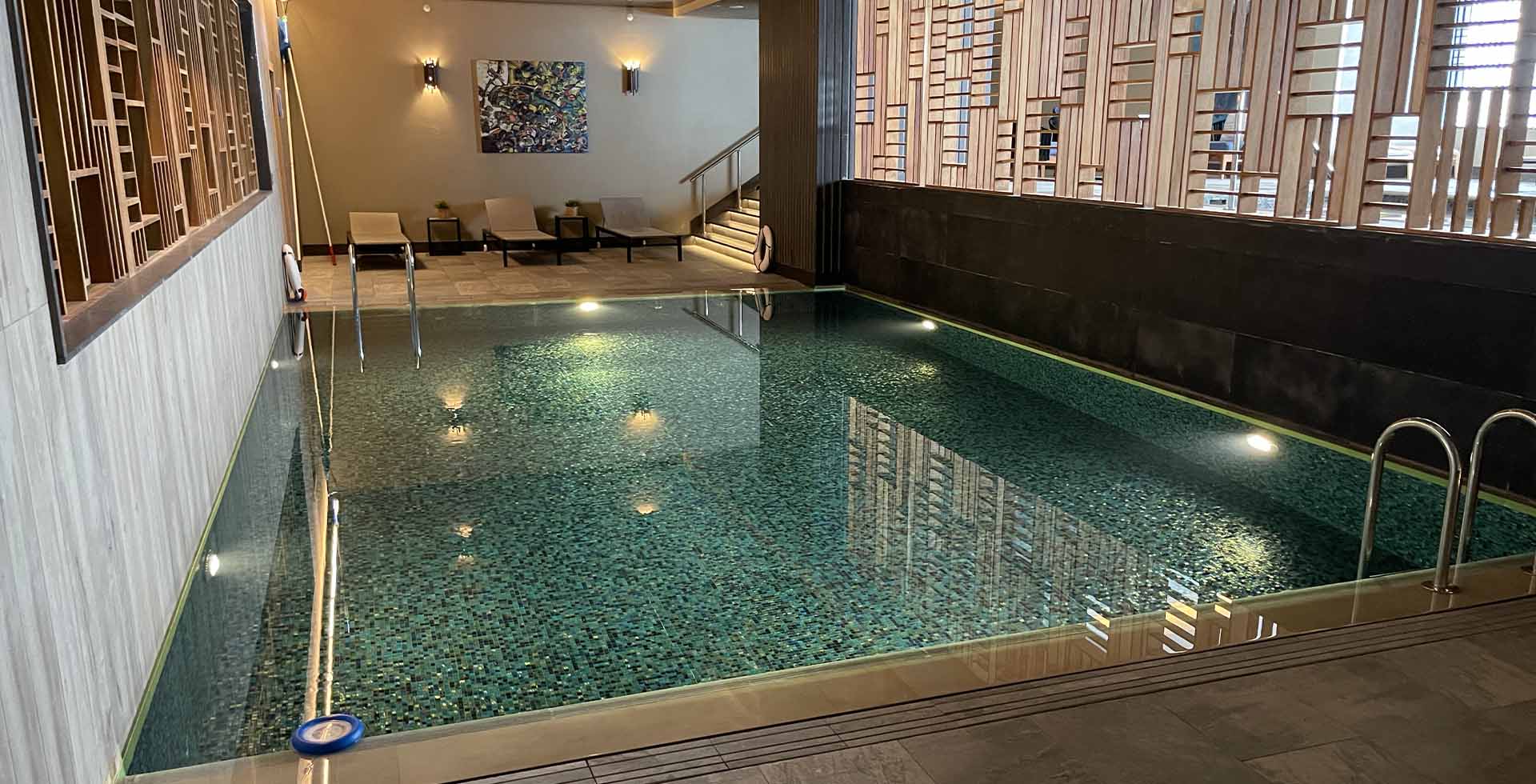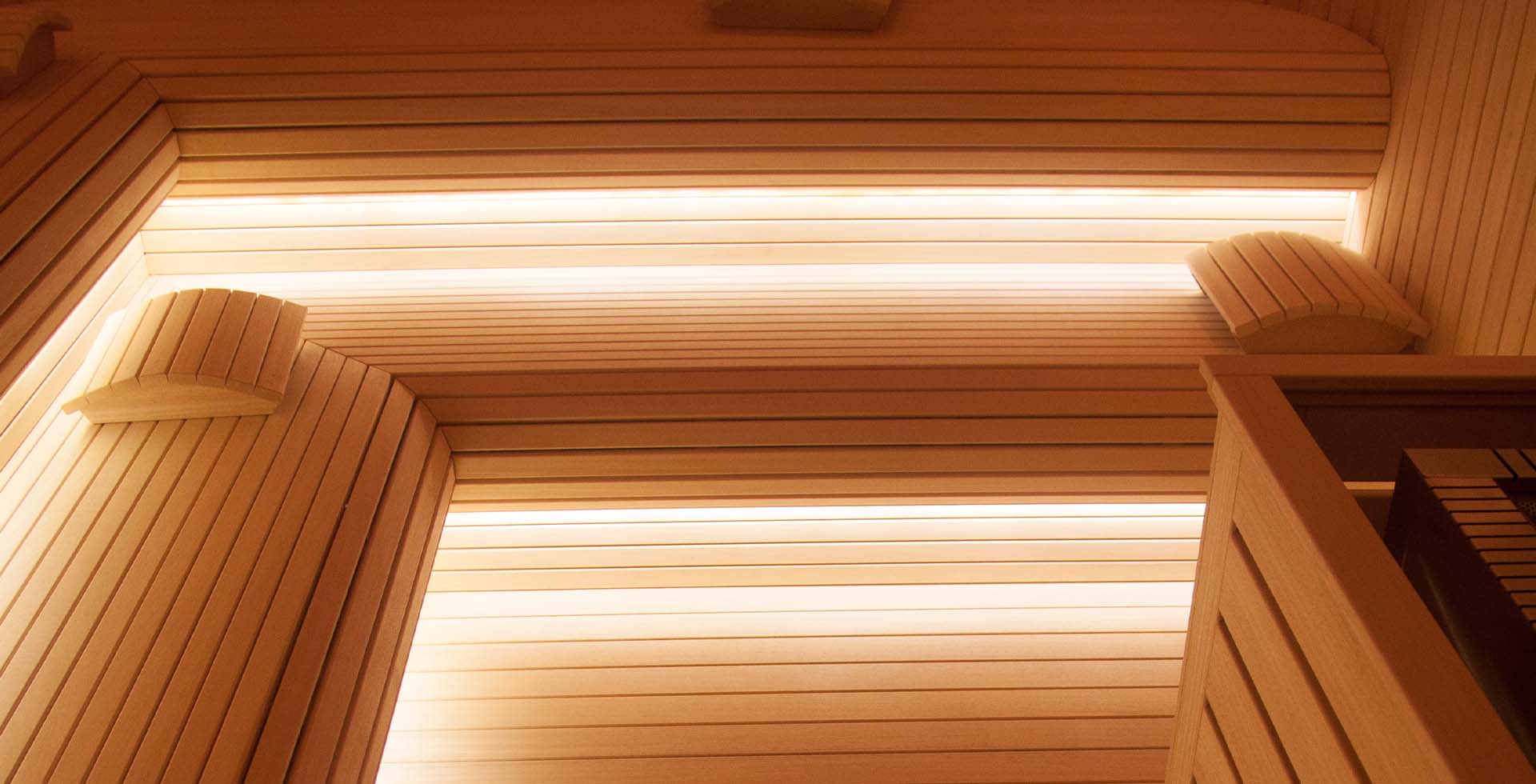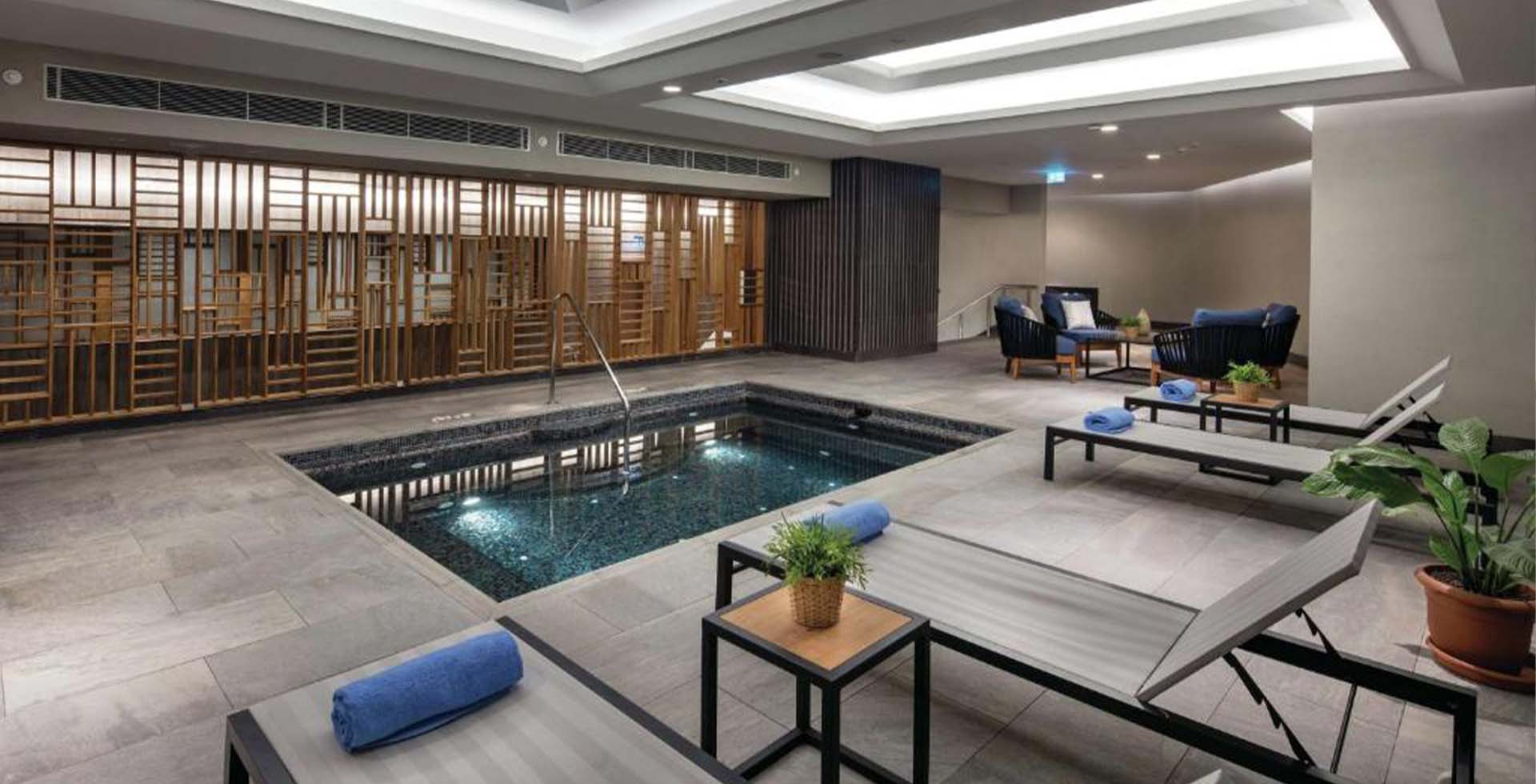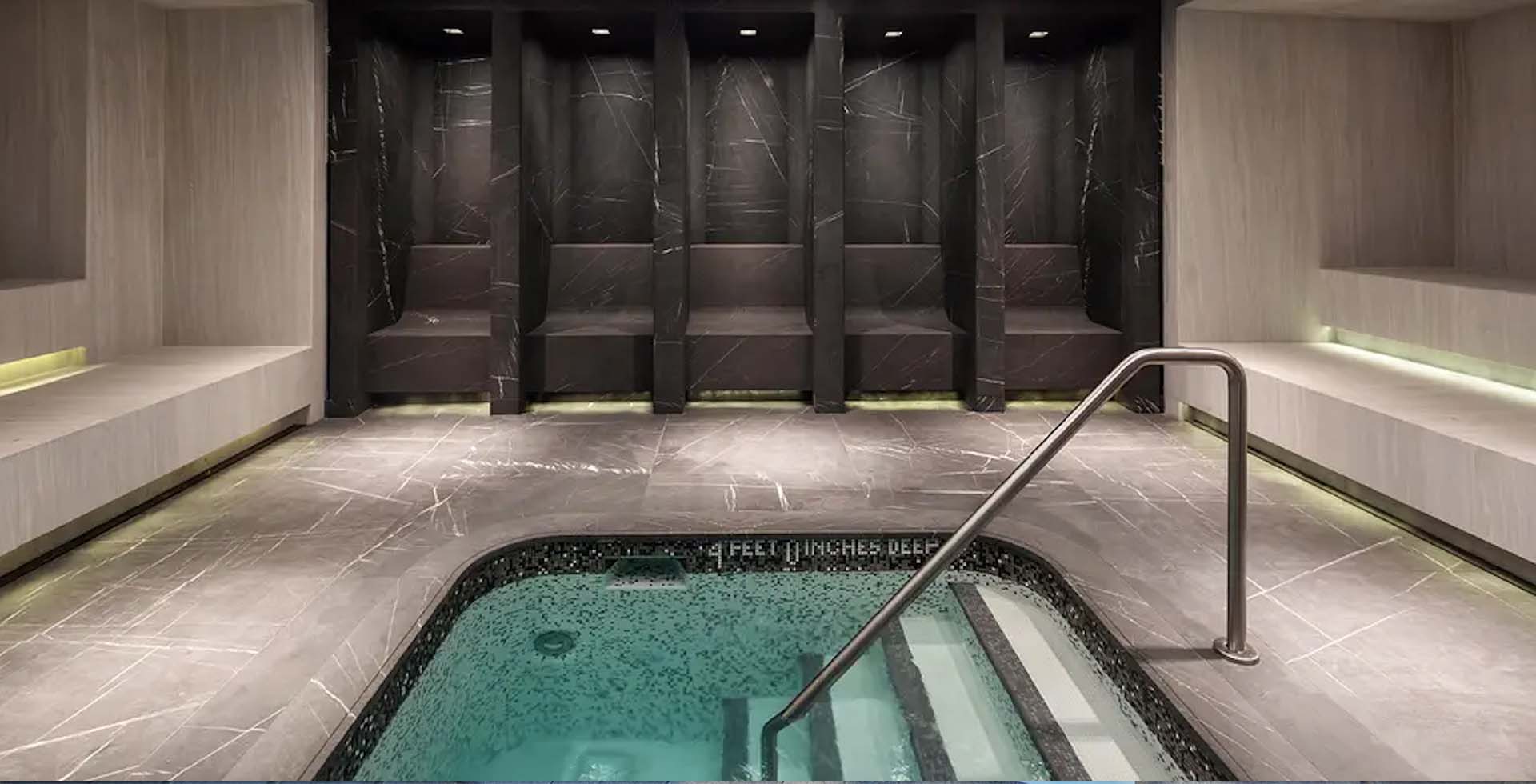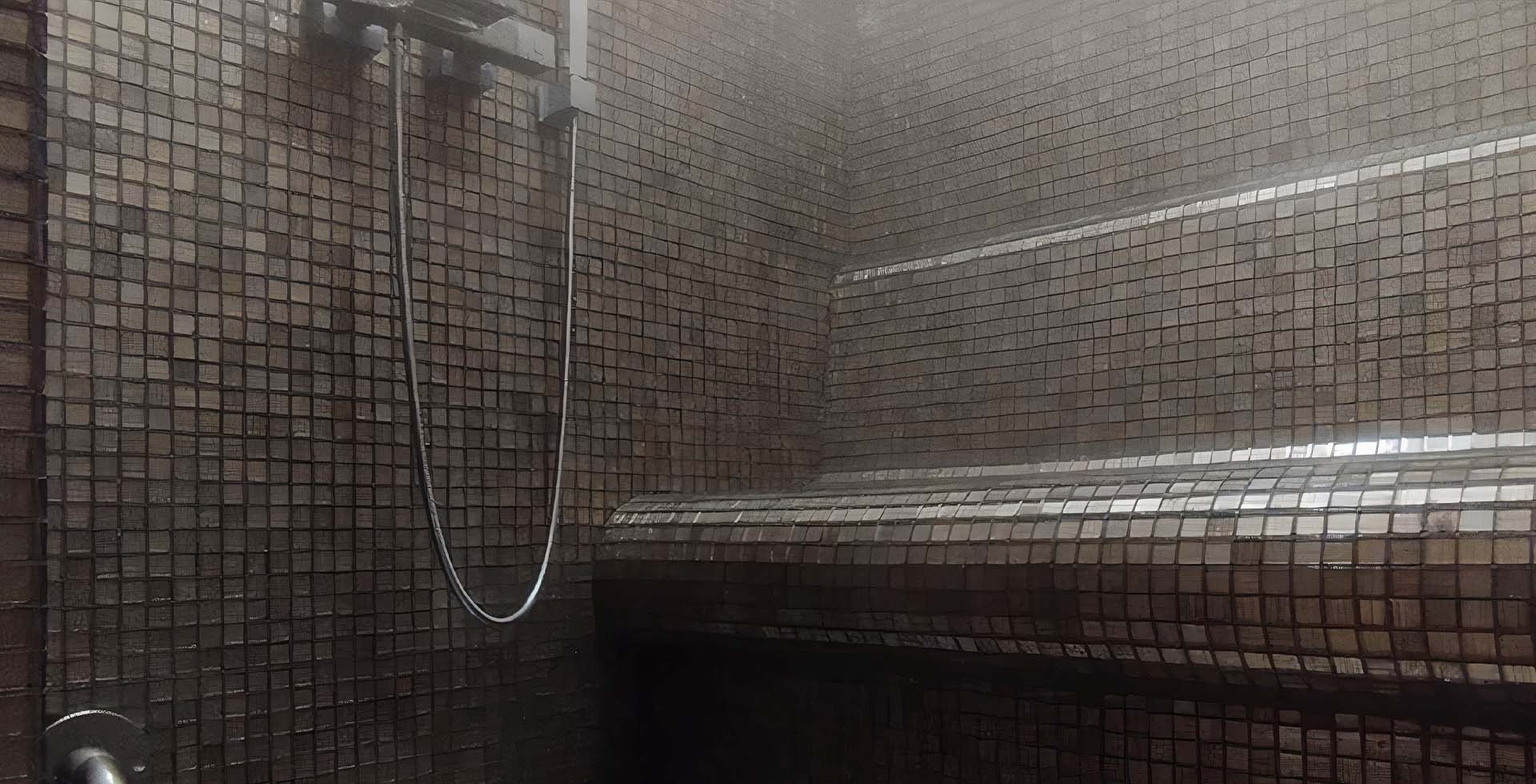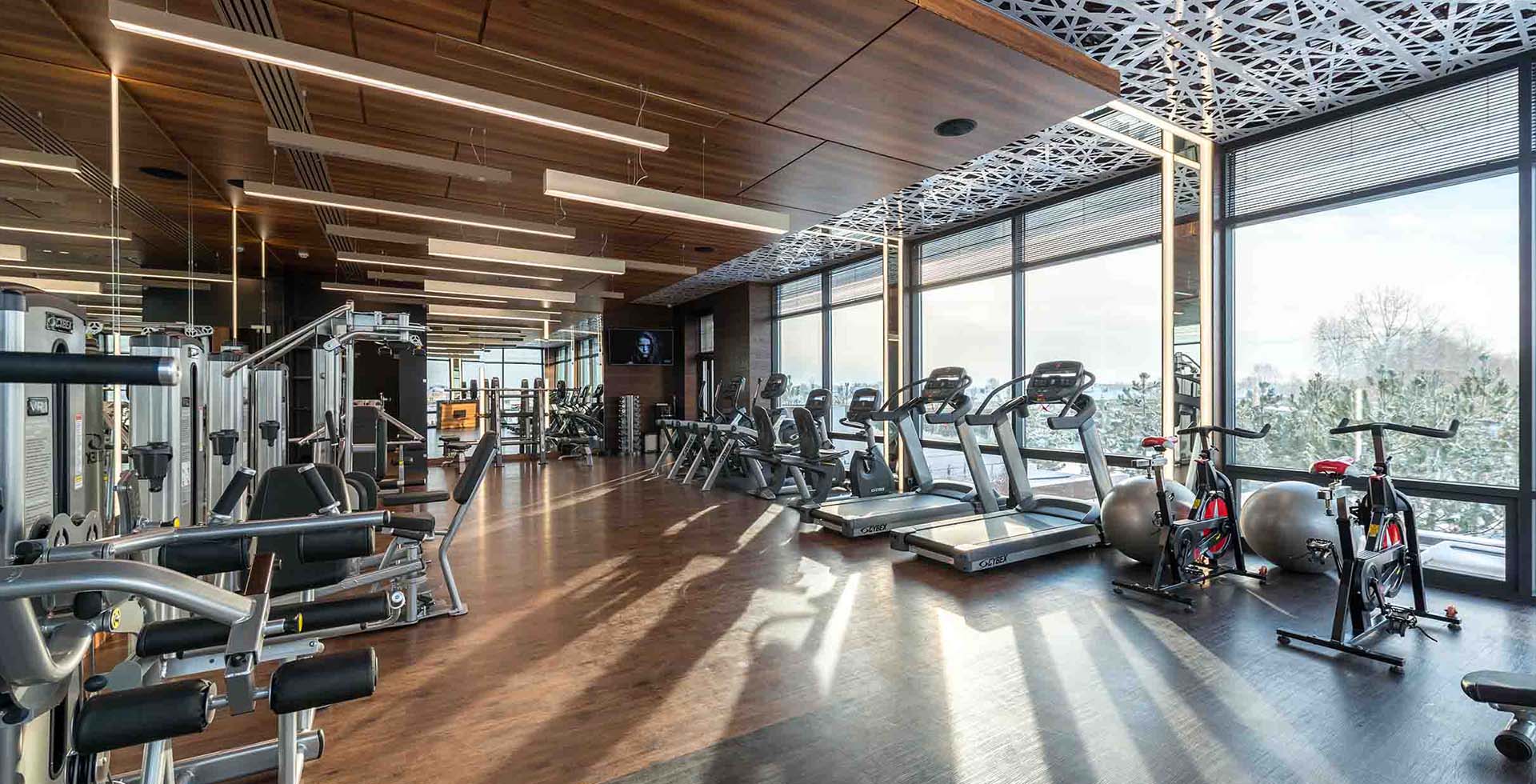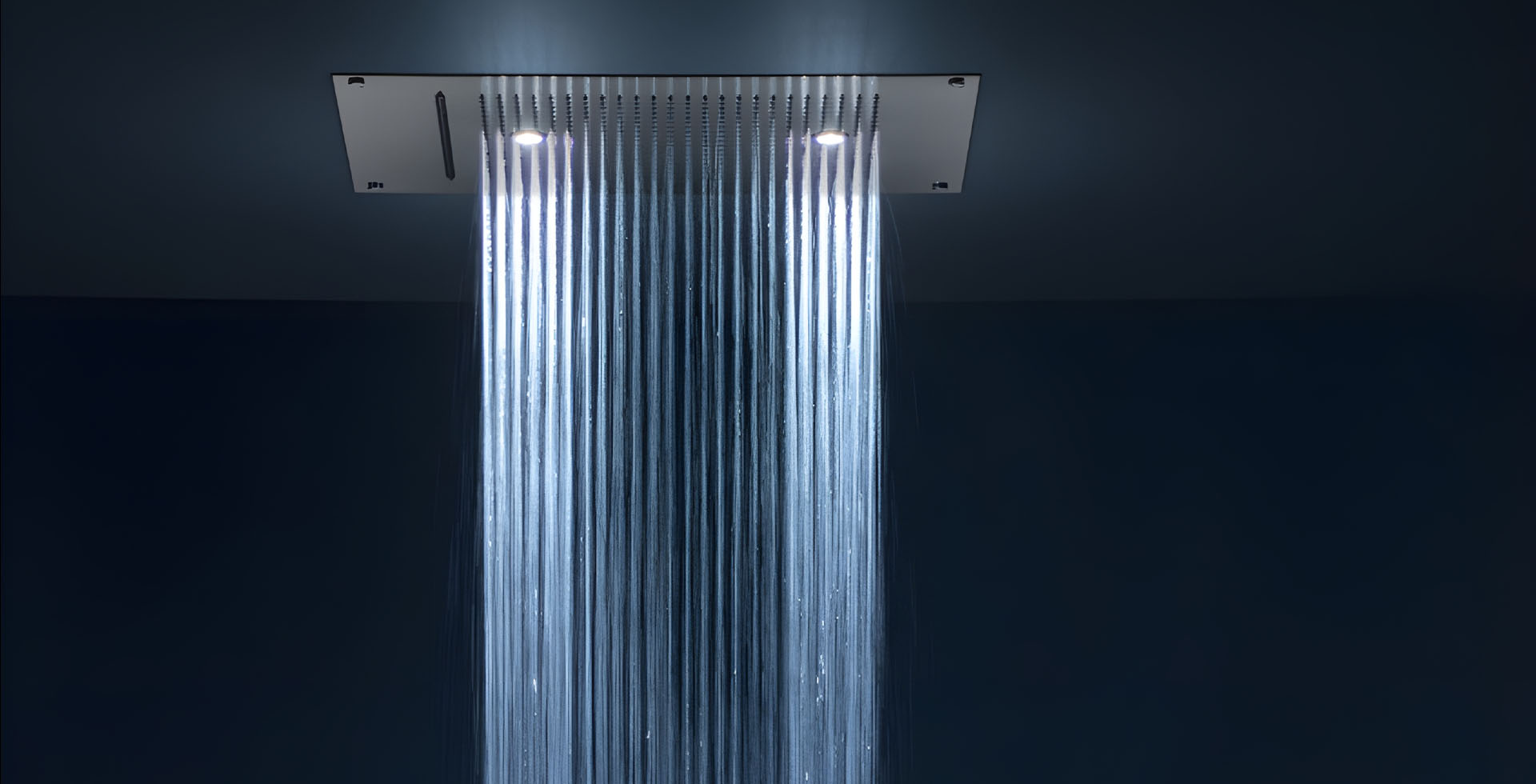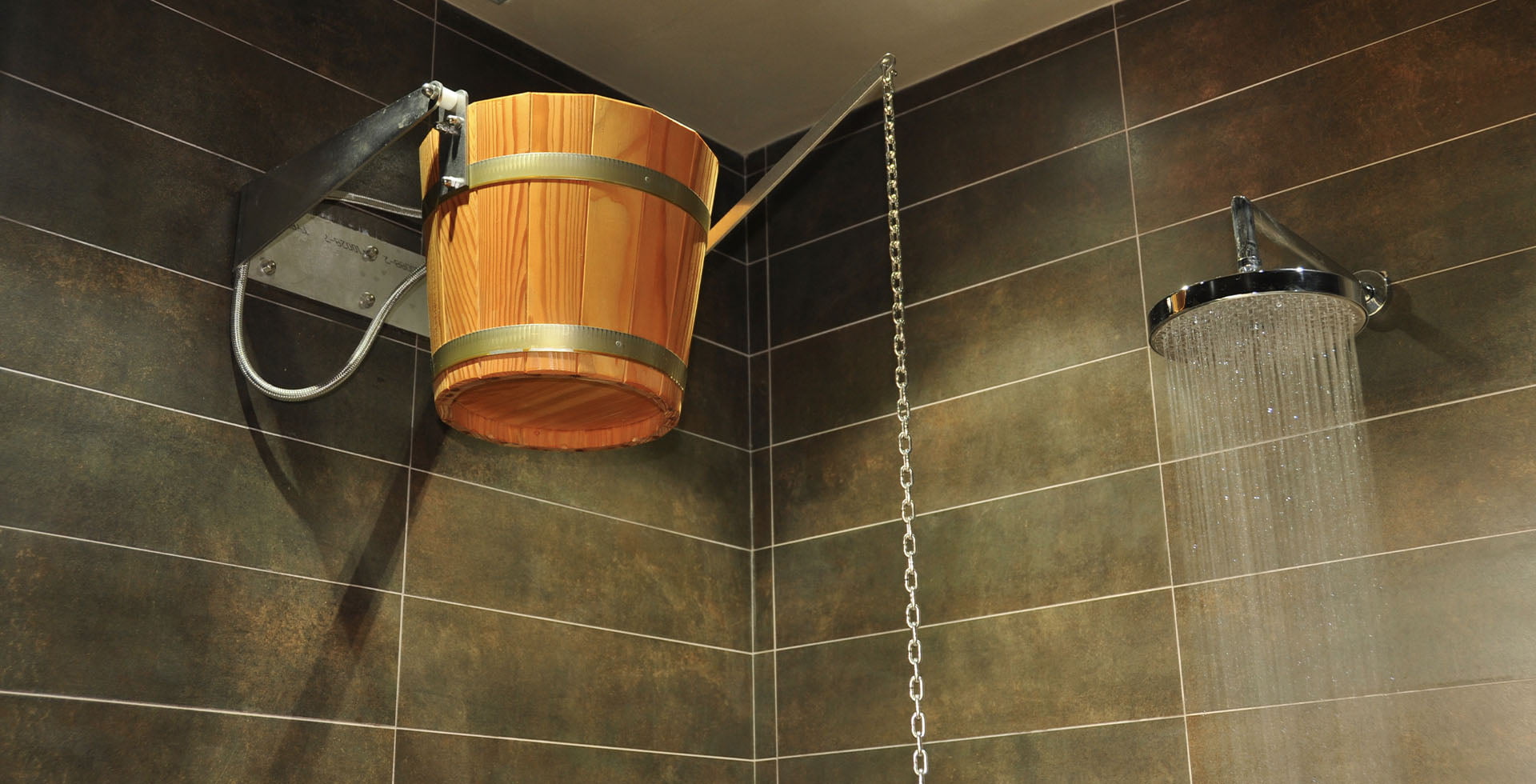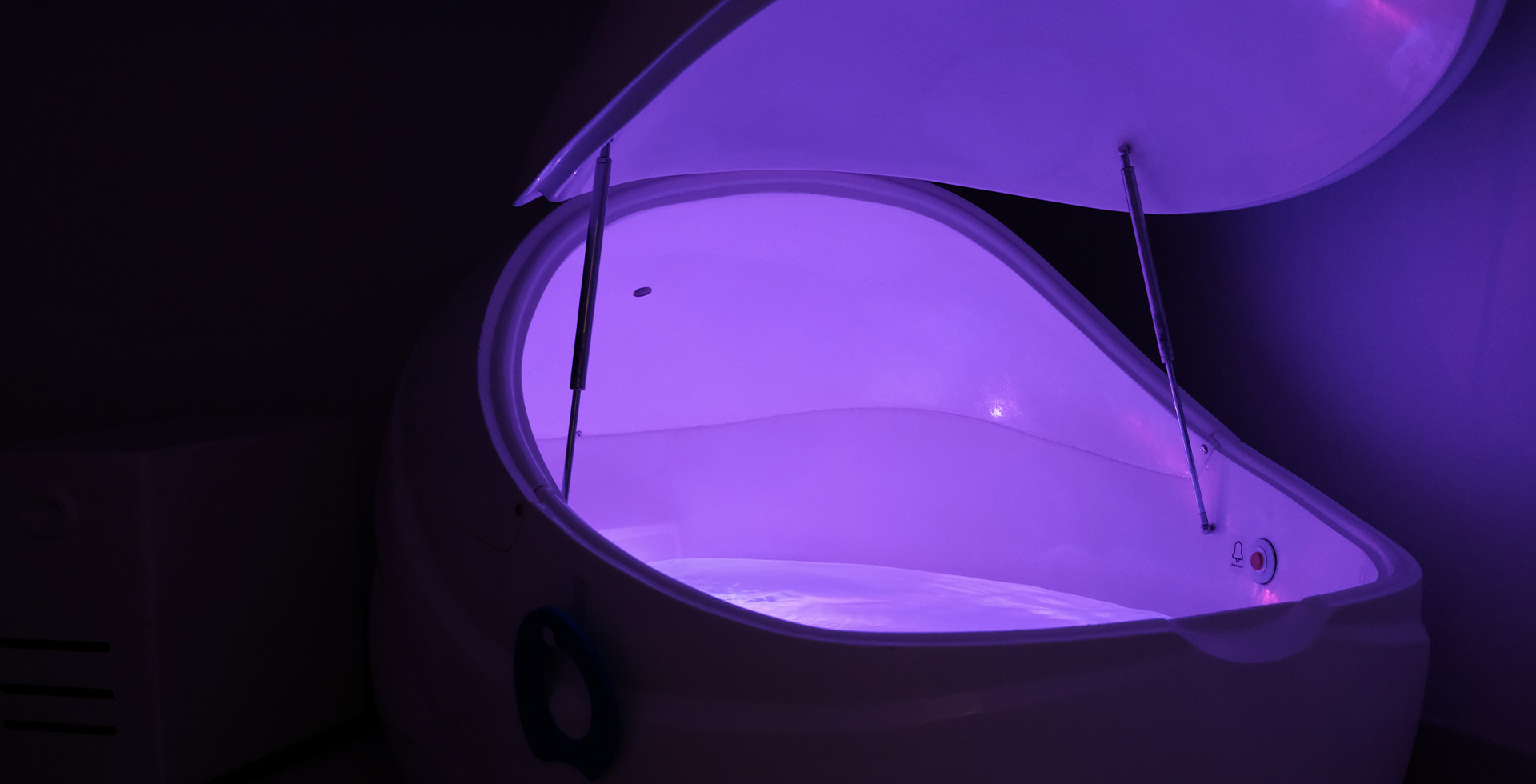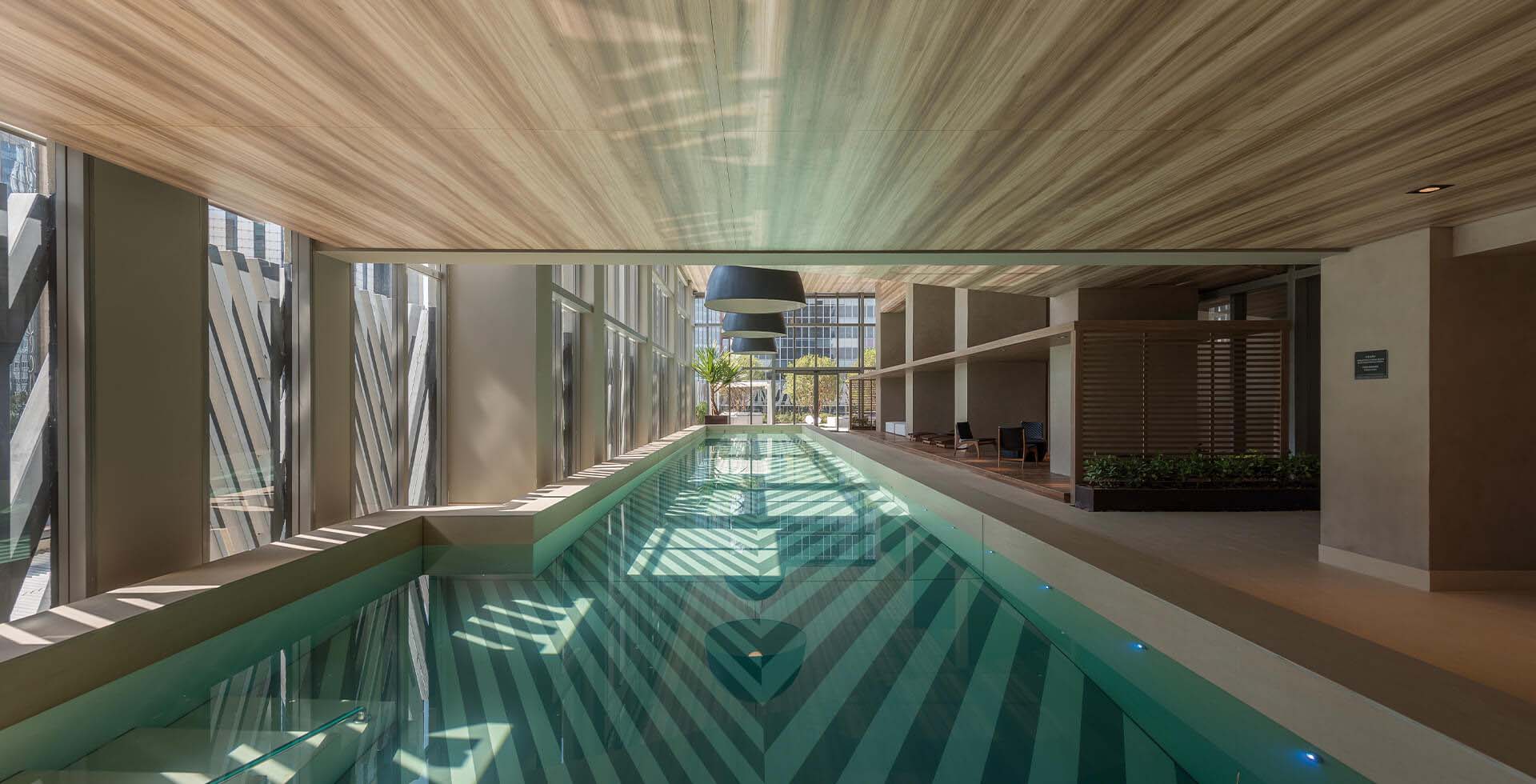
Best Swimming Pool Construction 2025
The Ultimate Guide to Swimming Pool Construction: Everything You Need to Know
A swimming pool is not just a luxury addition to your home or commercial space; it is an investment that enhances the value of your property and provides a personal oasis for relaxation and recreation. However, constructing a swimming pool involves several technical considerations, design choices, and installation steps. In this guide, we will cover everything you need to know about swimming pool construction, from selecting the right swimming pool contractor to the intricate details of swimming pool design and installation.
Understanding Swimming Pool Construction
Swimming pool construction is a multi-step process that requires careful planning, precise execution, and expert craftsmanship. The key stages include:
1. Planning and Design
The first step in swimming pool construction is planning and design. This involves selecting the pool type, size, shape, and additional features based on your space, budget, and intended use. Some key aspects of swimming pool design include:
- Pool Shape and Size: Rectangular pools are ideal for lap swimming, while freeform pools create a more natural aesthetic.
- Material Selection: Common materials include concrete, fiberglass, and vinyl liners, each with its own benefits and maintenance requirements.
- Depth and Slope: Consider a shallow end for children and a deeper section for diving if needed.
- Aesthetic Features: Waterfalls, lighting, infinity edges, and mosaics add visual appeal and functionality.
2. Choosing a Swimming Pool Contractor
Selecting the right swimming pool contractor is crucial to ensuring high-quality workmanship and a hassle-free construction process. Here are some key factors to consider:
- Experience and Expertise: Look for contractors with a solid portfolio and proven track record.
- Licensing and Certification: Ensure the contractor is licensed and follows local regulations and safety standards.
- References and Reviews: Check testimonials and ask for references from past clients.
- Warranty and Maintenance Services: A reliable contractor should offer warranties and post-installation support.
3. Obtaining Permits and Site Preparation
Before construction begins, you must obtain the necessary permits based on local building codes. Site preparation includes:
- Excavation: Digging the site to the required depth and dimensions.
- Ground Stabilization: Ensuring proper soil conditions to prevent shifting and structural damage.
- Drainage and Plumbing: Installing drainage systems to manage water runoff and prevent flooding.
Technical Aspects of Swimming Pool Installation
Once the site is prepared, the swimming pool installation process begins. Each pool type has a different construction approach:
1. Concrete Pools
Concrete pools are highly durable and customizable. The construction process includes:
- Steel Reinforcement: A steel framework is built for structural support.
- Gunite or Shotcrete Application: Concrete is sprayed onto the framework to form the shell.
- Curing and Finishing: The concrete is left to cure, then plaster, tiles, or pebbles are applied for the final surface.
2. Fiberglass Pools
Fiberglass pools are pre-manufactured and installed in one piece. The process includes:
- Excavation and Foundation: The hole is prepared based on the pool’s dimensions.
- Pool Shell Placement: The fiberglass shell is lowered into place using a crane.
- Backfilling and Plumbing: The surrounding area is filled with sand or gravel, and plumbing is connected.
3. Vinyl Liner Pools
Vinyl liner pools feature a flexible liner over a frame. The installation steps include:
- Frame Construction: A metal or polymer frame is assembled.
- Wall Panels and Base Preparation: Concrete or sand is used to create a smooth base.
- Liner Installation: The vinyl liner is placed and vacuum-sealed to fit perfectly.
Essential Equipment and Features for a Functional Pool
Beyond the structure, several essential components ensure your pool operates efficiently and remains enjoyable:
- Filtration System: Keeps water clean by removing debris and contaminants.
- Pump and Plumbing: Circulates water and maintains chemical balance.
- Heating System: Options include gas heaters, electric heat pumps, and solar heating.
- Lighting: LED and fiber-optic lights enhance aesthetics and safety.
- Automatic Covers: Helps with energy efficiency and safety.
Post-Construction Maintenance and Care
To extend the lifespan of your pool, proper maintenance is essential. Here are some key maintenance tasks:
- Regular Cleaning: Skim debris, vacuum, and brush pool walls.
- Chemical Balance: Test and adjust pH, chlorine, and alkalinity levels.
- Filter Maintenance: Clean or replace filters periodically.
- Winterization: If you live in a cold climate, properly close the pool for winter.
Conclusion
Swimming pool construction is a significant investment that requires careful planning and execution. By selecting the right swimming pool contractor, understanding the technical details of swimming pool installation, and incorporating a well-thought-out swimming pool design, you can create a beautiful and functional pool that enhances your lifestyle and property value. Whether you choose a concrete, fiberglass, or vinyl liner pool, working with professionals ensures a seamless construction process and years of enjoyment. Investing in high-quality materials and regular maintenance will keep your pool in top condition, providing endless relaxation and fun for years to come.

